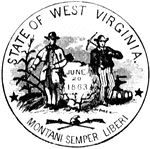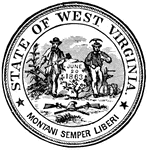Clipart tagged: ‘West Virginia’

Village of Clarksburg
"Village of Clarksburg, Western Virginia, headquarters of General Rosecrans. Clarksburg, a post village,…
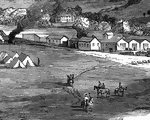
Village of Clarksburg
"Village of Clarksburg, Western Virginia, headquarters of General Rosecrans. Clarksburg, a post village,…
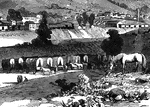
Village of Clarksburg
"Village of Clarksburg, Western Virginia, headquarters of General Rosecrans. Clarksburg, a post village,…

View of Grafton
"View of Grafton, West Virginia, occupied by the Federal Troops, under the command of General McClellan,…

Grafton Occupied by Federal Troops
"View of Grafton, West Virginia, occupied by the Federal Troops, under the command of General McClellan,…

Railroad at Grafton
"View of Grafton, West Virginia, occupied by the Federal Troops, under the command of General McClellan,…
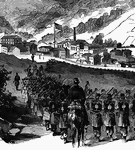
Federal Troops at Grafton, West Virginia
"View of Grafton, West Virginia, occupied by the Federal Troops, under the command of General McClellan,…

View of Harper's Ferry, 1862, Looking South
The town of Harper's Ferry, where an important Civil War battle was fought in 1862.

Burning of the Arsenal at Harper's Ferry
The burning of the arsenal in Harper's Ferry during the American Civil War
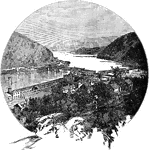
Harpers Ferry
Harpers Ferry is a historic town in Jefferson County, West Virginia. It is located at the confluence…

Landing at Parkersburg
"Landing of Federal troops at Parkersburg, Western Virginia. Parkersburg, Va., in 1861 was a thriving…




